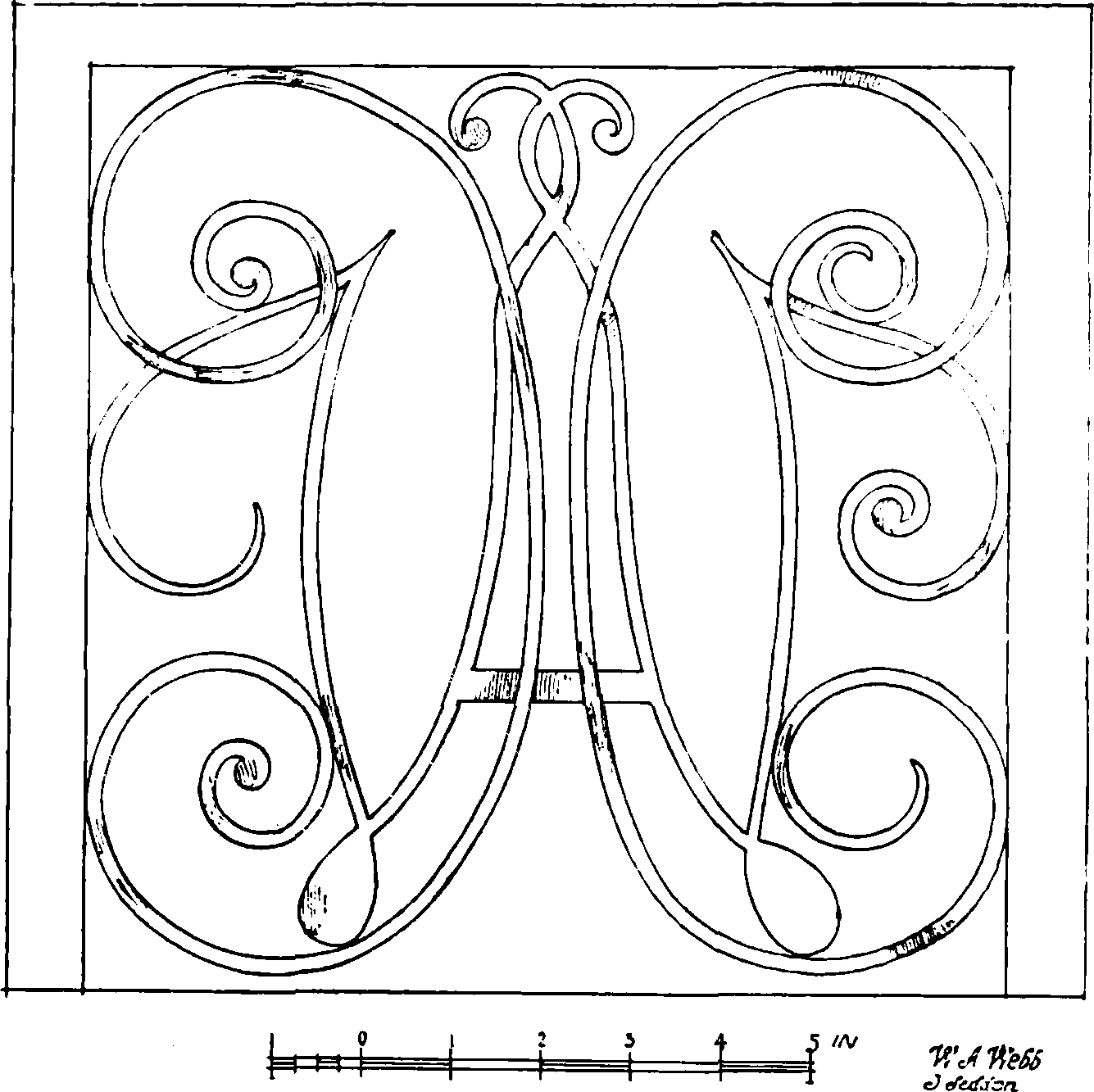Survey of London: Volume 6, Hammersmith. Originally published by London County Council, London, 1915.
This free content was digitised by double rekeying. All rights reserved.
'Hampshire House and Hampshire Cottage', in Survey of London: Volume 6, Hammersmith, ed. James Bird, Philip Norman (London, 1915), British History Online https://prod.british-history.ac.uk/survey-london/vol6/pp57-58 [accessed 8 February 2025].
'Hampshire House and Hampshire Cottage', in Survey of London: Volume 6, Hammersmith. Edited by James Bird, Philip Norman (London, 1915), British History Online, accessed February 8, 2025, https://prod.british-history.ac.uk/survey-london/vol6/pp57-58.
"Hampshire House and Hampshire Cottage". Survey of London: Volume 6, Hammersmith. Ed. James Bird, Philip Norman (London, 1915), British History Online. Web. 8 February 2025. https://prod.british-history.ac.uk/survey-london/vol6/pp57-58.
In this section
XXIII.—HAMPSHIRE HOUSE AND HAMPSHIRE COTTAGE
Ground landlord, leaseholder, etc.
Hampshire House is held by copyhold tenure of the Manor of Fulham by A. M. Naylor, Esq. The leaseholders are the Hampshire House Trust. Hampshire Cottage belongs to the Rowland Hill Trustees.
General description and date of structure.
In 1776 Mr. Samuel Naylor, great-grandfather of the present copyholder, was admitted to this property on the surrender of Thomas Harrison, the description at his subsequent surrender (1799) reading: "All that half acre of land with the cottage thereon erected, heretofore in the occupation of William Lloyd, afterwards of Mrs. Young, now of Samuel Naylor, being formerly the estate of Matthew Portman." Although the house is referred to as a cottage, the building must have been the same size as shown on Plate 54, the word cottage being repeated—in the usual manner of the entries in the Court Rolls—from earlier descriptions of the property. From the appearance of this very delightful little Georgian house it would seem to have been built in Samuel Naylor's time or even earlier, and probably took the place of a smaller residence. It is a characteristic building of the 18th century, with a two-storeyed brick front and tiled roof, the two chimneystacks being in the gables. In its recent enlargement and alteration for the purposes of the Hampshire House Trust, its old features have been carefully preserved. The photograph (Plate 54) was taken before the alterations.
Hampshire Cottage stands between the house on the east and the lane which it adjoins. It has original flush frames to its windows and a wood blocked eaves cornice, which indicates a building of the late 17th century. Just north of the cottage garden, in the wall adjoining Hampshire Hog Lane, are the remains of a good wrought-iron gateway. The side panels of scrollwork and part of the overthrow, though much perished, are still to be seen, and in the centre of the latter is a panel with the three letters W.A.C. interlaced in a monogram, the letter C being repeated (reversed) in the usual way.
Hampshire Cottage was one of three copyhold messuages belonging to Elizabeth Knight, who by will (dated 17th November, 1733) left her freehold and copyhold property in trust for charitable purposes. The copyhold part of the estate was enfranchised in 1890 and is now administered by the Rowland Hill Trustees.
Condition of repair.
Good.
Old prints, views, etc.
(fn. 1) Photograph, before alteration, by J. Charles.
In the Council's ms. collection are:
(fn. 1) Wrought-iron gateway (measured drawing).
(fn. 1) Monogram over gateway (full-size drawing).

MONOGRAM IN GATEWAY, HAMPSHIRE HOG LANE
